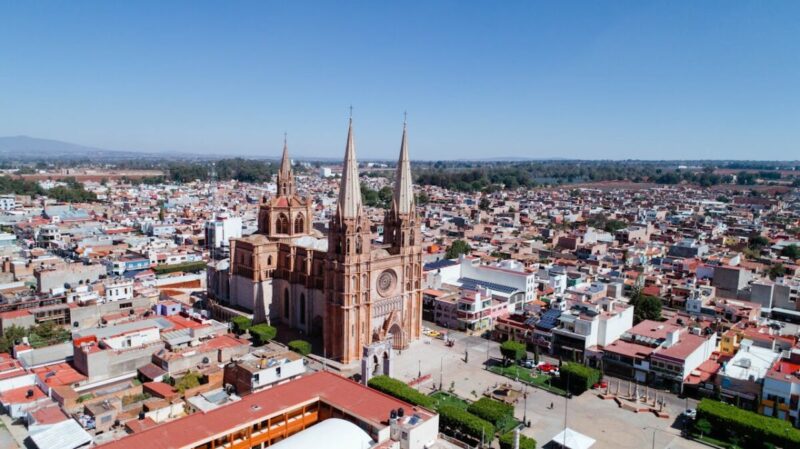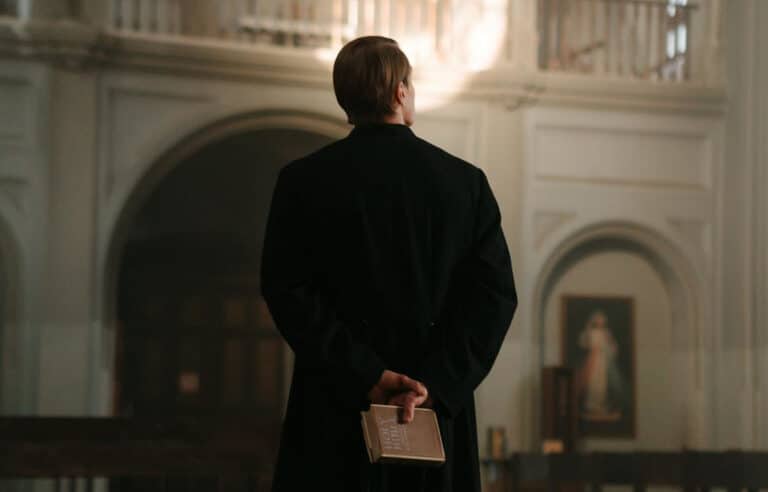Saint Patrick 5th Century
Saint Patrick was a fifth-century missionary and bishop in Ireland. Known as the “Apostle of Ireland,” he is the primary patron saint of Ireland. He is also the patron saint of Nigeria. Saint Patrick was never formally canonised by the Catholic Church, having lived before the current laws were established for canonisation. The dates of Patrick’s life cannot be fixed with certainty, but there is general agreement that he was active as a missionary in Ireland during the fifth century. Do you beleive the legends about St. Patrick?
Saint Patrick Biography

We know little of Saint Patrick’s early life, but Saint Patrick writes in his autobiography, Confessio writes that when he was about sixteen, he was captured by Irish pirates from his home in Britain and taken as a slave to Ireland. He writes that he lived there for six years as an animal herder before escaping and returning to his family. Saint Patrick was born at the end of Roman rule in Britain. His birthplace is not known with any certainty.
Saint Patrick’s father, Calpurnius, is described as a senator and tax collector of a city, and as a deacon; his grandfather Potitus was a priest. The pirates that captured Saint Patrick, the Dál Riata raiders, introduced him to the Irish culture that would define his life and reputation. He writes that after six years of captivity, he heard a voice telling him that he would soon go home, and then that his ship was ready. This was the first of several miraculous occurrences surrounding him.
Saint Patrick continued to study Christianity and was ordained a deacon. Maximus of Turin is credited with consecrating him as bishop. After he returned home, he says he had a vision: I saw a man coming, as it were, from Ireland. His name was Victoricus, and he carried many letters, and he gave me one of them. I read the heading: “The Voice of the Irish.” As I began the letter, I imagined in that moment that I heard the voice of those very people who were near the wood of Foclut, which is beside the western sea, and they cried out, as with one voice: “We appeal to you, holy servant boy, to come and walk among us.”
Saint Patrick eventually returned to Ireland, probably settling in the west of the island, where in later life he became a bishop and ordained subordinate clerics. Acting on his vision, Patrick returned to Ireland as a Christian missionary. From the Confessio, something can be seen of Patrick’s mission. He writes that he “baptised thousands of people,” even planning to convert his slavers. He ordained priests to lead the new Christian communities.
Patrick’s position as a foreigner in Ireland was not easy. His refusal to accept gifts from kings placed him outside the normal ties of kinship, fosterage, and affinity. Legally, he was without protection, and he says that he was on one occasion beaten, robbed of all he had, and put in chains, perhaps awaiting execution. After becoming a cleric, he returned to spread Christianity in northern and western Ireland. In later life, he served as a bishop, but little is known about where he worked. By the seventh century, he had already come to be revered as the patron saint of Ireland.
Saint Patrick Legends and Veneration
There are several interesting legends associated with Saint Patrick. It is said he used a shamrock to illustrate the blessed trinity. There is a legend that states that he drove the snakes out of Ireland. Historians said he fasted for forty days on a mountaintop. He is also rumored to have spoken with his Irish ancestors.
A much later legend tells of Patrick visiting an inn and chiding the innkeeper for being ungenerous with her guests. Patrick tells her that a demon is hiding in her cellar and being fattened by her dishonesty. He says that the only way to get rid of the demon is by mending her ways. Sometime later, Patrick revisits the inn to find that the innkeeper is now serving her guests cups of whiskey filled to the brim. (This story is why the Irish drink on St. Patrick’s Day).
Conclusion
Saint Patrick is one of the most famous saints in the Catholic church. His feast day, March 17, is marked by parades around the world and with people wearing green. He helped make Ireland famous, and his feast day is a day when everyone is Irish for a day. Many of the legends about him are fanciful, but have become woven into everyday life. In this way, it is like the legends have become reality.







